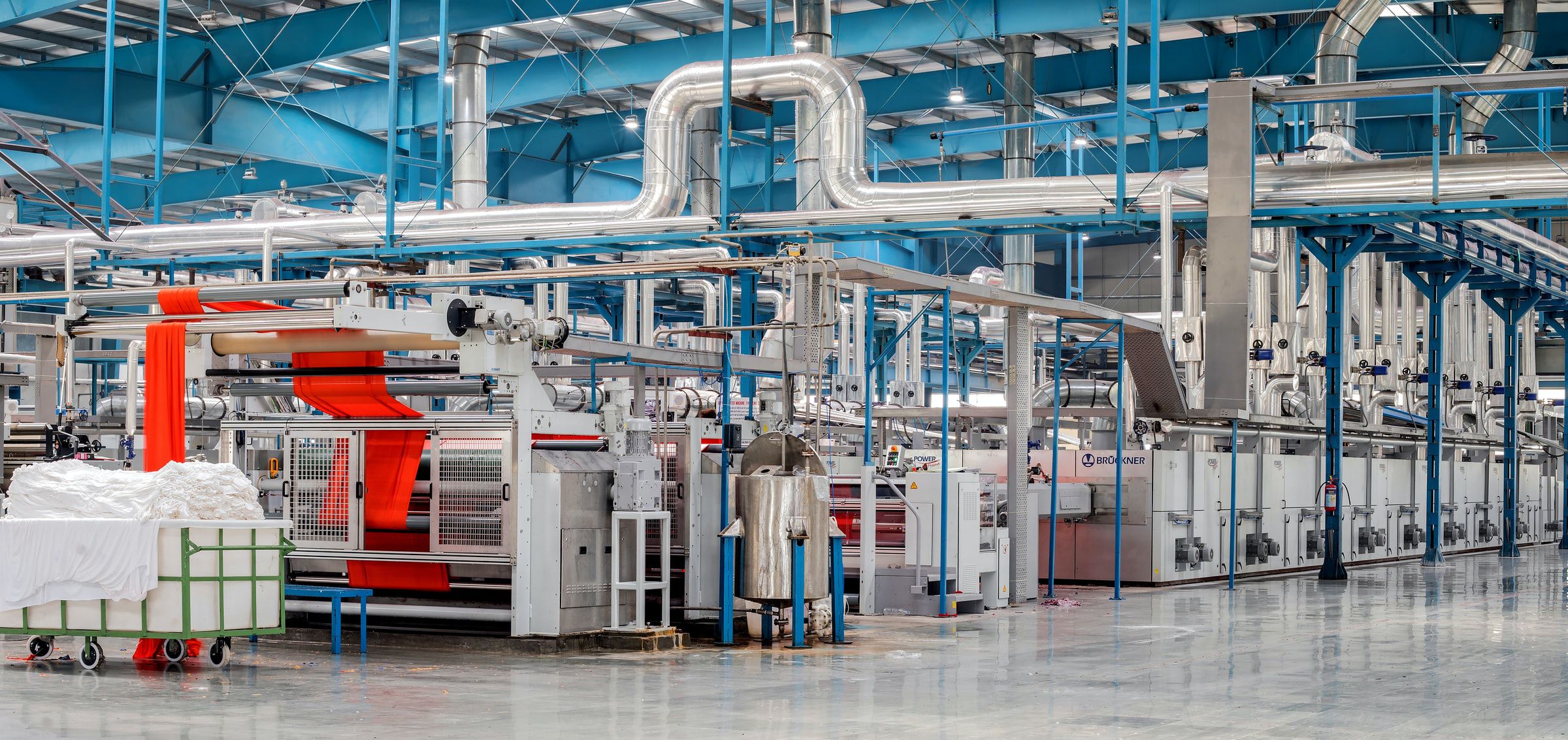Bitcoin Price Risks Drop to $7.5K After Third Biggest Daily Loss of 2019

View
- BTC looks set to test support near $7,500, having confirmed a bearish reversal with a high-volume triangle breakdown on Tuesday.
- The cryptocurrency’s violation of the historically strong 55-candle exponential moving average (MA) on the three-day chart also favors a deeper price slide.
- The outlook would turn bullish if prices quickly rise above Tuesday’s high of $9,782, although that looks unlikely at press time.
Bitcoin fell sharply on Tuesday, confirming a bearish reversal and opening the doors for a test of crucial price support near $7,500.
The leading cryptocurrency by market value ran into selling pressure around $9,700 in the early U.S. trading hours and fell to a 3.5-month low of $7,998 at 19:45 UTC on Bitstamp.
BTC had been on slippery ground following Tuesday’s volatility band breakdown. A widely-followed indicator was also reporting the strongest a bear bias in nine months, as discussed earlier this week.
The price slide was likely exacerbated by a long squeeze, when investors square off (or sell) long positions to cut losses in a falling market, thereby creating further downward pressure on prices.
So, while a price drop was expected, the magnitude of the sell-off has caught many by surprise. The cryptocurrency fell by 11.83 percent on Tuesday – 2019’s third-biggest single-day drop, as per Bitstamp data.
- BTC has seen double-digit daily losses four times this year.
- The biggest single-day loss of 2019 witnessed on June 27 marked a healthy correction from a 17-month high of $13,880 reached on the preceding day.
The latest double-digit price slide has taken the cryptocurrency below major support levels. Therefore, a deeper drop toward $7,500 – a level seen a week ahead of Facebook’s launch of Libra – could be seen over the next few days.
As of writing, BTC is changing hands around $8,400 on Bitstamp. It’s worth noting the cryptocurrency is still up about 127 percent on a year-to-date basis.
Daily and monthly charts

Bitcoin dived out a three-month contracting triangle on Tuesday (above left), confirming an end of the bull market, which had started from April’s low near $4,000.
Currently, prices are flirting with the 200-day moving average (MA) support at $8,309. That long-term MA has come into play for the first time since April and will likely be breached, as the post-triangle breakdown price drop looks to have legs – volumes hit three-month highs on Tuesday.
BTC, therefore, risks extending losses to support at $7,500 – lows seen before Libra hype gripped the market in mid-June
Moreover, the triangle breakdown could yield a drop to $4,000 (target as per the measured move method), as tweeted by bitcoin skeptic and CEO of Euro Pacific Capital Peter Schiff. That target looks far-fetched, however.
The monthly chart (above right) is also now teasing a bearish reversal. The cryptocurrency charted inside-bar candlestick patterns in the previous two months, signaling an impending bullish-to-bearish trend change.
The outlook as per the monthly chart would turn bearish only if prices close below $9,049 (first inside bar’s low) on Sept. 30. That looks likely, with prices currently trading at $8,400 and the daily chart reporting a strong bearish setup.
The bearish case would weaken if prices find acceptance above $9,097 – a higher high created on May 30. The outlook would turn bullish if prices bounce from the 200-day MA and chart a quick V-shaped recovery to levels above Tuesday’s high of $9,782. That, however, looks unlikely.
3-day chart

BTC has found acceptance below the 55-candle exponential moving average, which served as a strong base during the 2016-2017 bull market.
Back then, the cryptocurrency charted bullish higher lows along the key EMA and not once did the sellers managed to secure a close below the crucial support.
Hence, the latest close below the 55-candle EMA could be considered a strong bearish development.
Oversold daily RSI

The 14-day relative strength index (RSI) is currently hovering below 23, its lowest level since November 2018. A reading below 30 indicates oversold conditions and suggests scope for a corrective bounce.
That said, indicators can and do remain oversold for a prolonged period in a strong bearish market, especially when a sell-off is preceded by a major bout of consolidation. BTC was trapped in a narrow range for almost three months before breaking lower.
In such situations, seasoned trades consider an oversold reading on the RSI as an indicator of trend strength. So, expecting a notable price bounce on the basis of the oversold reading on the RSI could prove costly.
Disclosure: The author holds no cryptocurrency assets at the time of writing.
Bitcoin image via Shutterstock; charts by Trading View









